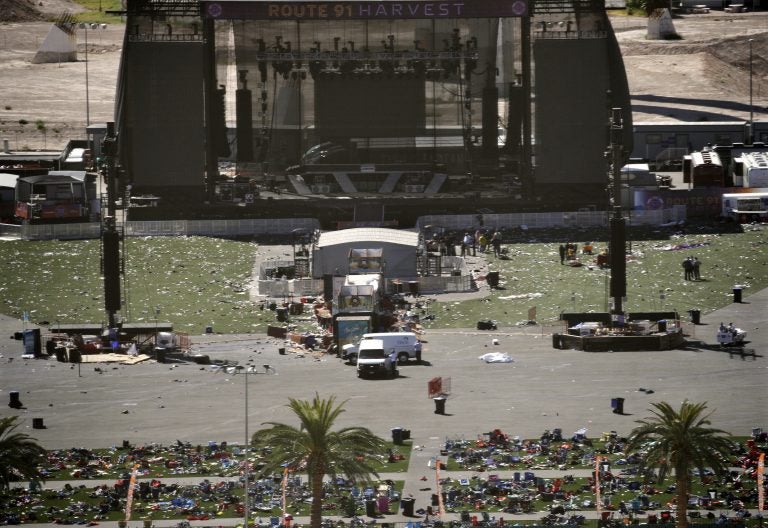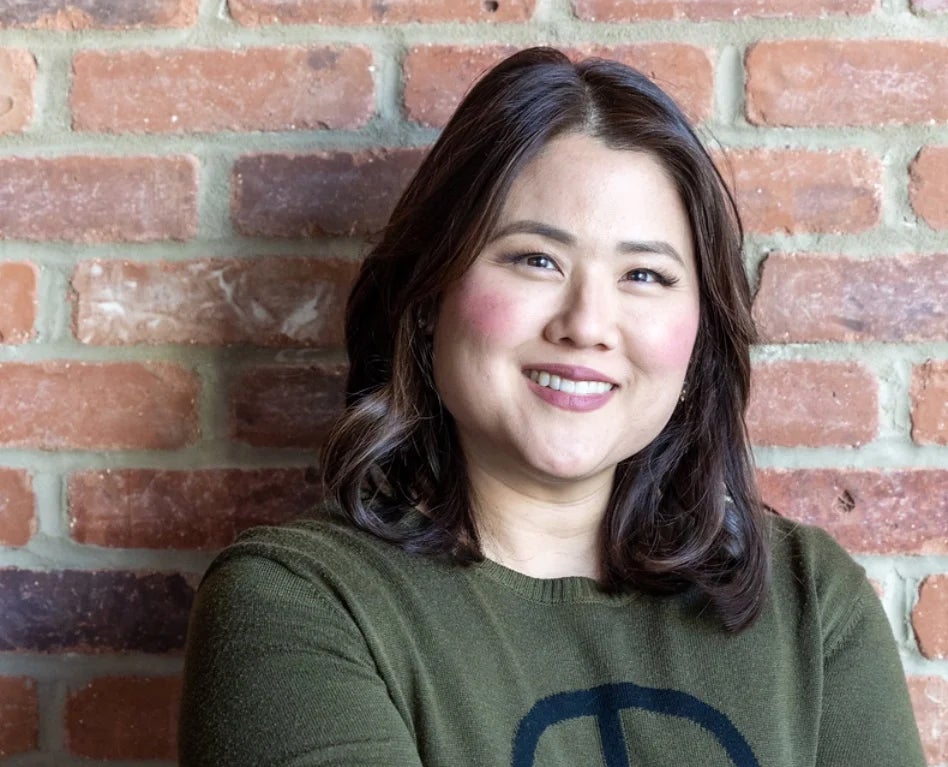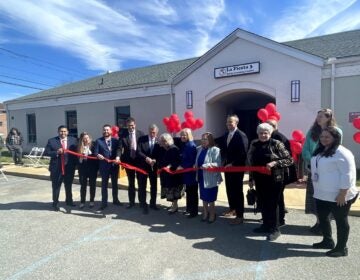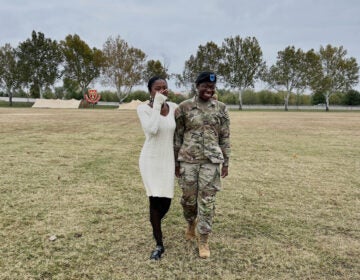Delaware professor encourages media to put viewers' needs over ratings
The latest mass shooting in Las Vegas has prompted a University of Delaware professor to speak out against how crises like these are covered in the news.

Debris is strewn through the scene of a mass shooting at a music festival near the Mandalay Bay resort and casino on the Las Vegas Strip, Monday, Oct. 2, 2017, in Las Vegas. (AP Photo/John Locher)
The latest mass shooting in Las Vegas has prompted a University of Delaware professor to speak out against how crises like these are covered in the news.
Assistant Professor of Communications Dr. Dannagal Young argues the oversaturation of violent raw video footage of the attack on the news has negative effects on viewers. She said the video overload after crises like this or a terrorist attack does not help people understand what happened, why it happened or how to avoid tragic events like this in the future.
Young penned an open letter to news directors this morning.
“Please remember that you play a pivotal role in shaping our collective response to acts of terror like this,” she wrote in her 21-tweet thread of the tendencies of television news networks to play that kind of footage in a loop.
“Based on research that goes back decades from social psychologists, we really, as humans, are not equipped to process that kind of carnage through our television screens while still being able to think rationally and thoughtfully about the issues at hand,” Young said. “So at some level, it might be important for news directors to remember that if they’re going to be showing this footage on a loop, there are consequences for viewers of that constant exposure.”
•Graphic footage increases fear/threat responses which fuel anxiety/uncertainty. Societies in this state do irrational, fear-driven things
— Danna Young🇺🇸✌🏻 (@dannagal) October 2, 2017
Instead of informing, Young said this type of charged coverage leads viewers to believe they will be a victim of a similar attack, even though it’s highly unlikely statistically. She tweeted the lifetime risk of a person dying in a mass attack is 1 in 110,000.
“The problem with that kind of exaggerated perception of risk, is that we will then be in a state of anxiety and uncertainty. We will be in a state of fear. And people, especially large groups of people, in a state of fear tend to make not very thoughtful decisions. They tend to behave out of their own self-protection, as opposed to sort of thinking strategically about what’s best for society.”
Another level of concern for Young is what she called the “split screen trope.” This is when networks play the violent video on one half of the screen and have a talking head on the other half who is providing context.
“Our brains cannot do both things simultaneously. We are switching back and forth between those stimuli, but the reality is that the violent footage is going to win out. They might as well not even have an expert providing information on the other side of the screen because we cannot process that content at the same time,” she explained.
As a communications professor, Young understands the demand for high ratings, but said increasingly people at the networks are becoming more aware of how viewers can get caught up in the carnage through overexposure. She hopes her tweets will give news directors pause, in hopes that they’ll consider putting their audience’s needs first over the needs and norms of their networks.
She suggested the networks play the video for a fraction of the time and use still photos in lieu of the raw footage thereafter. Young also said after specifics are given out, in this case, about the mass shooting in Las Vegas, that discussions about things like statewide gun regulations, resources dedicated to mental health in specific states and whether there are similarities among those who have perpetrated mass shootings should follow.
“Those contextual elements can help us as citizens think proactively about policies that could be enacted to prevent these things,” said Young, who also held viewers accountable. She said as consumers, people always have the option to turn off the television, but they need to have the self-awareness to know when.
“We feel as though we are somehow helping by empathizing with these people and by getting sort of caught up in this footage, right? You feel as though you’re there with them, there’s solidarity, and you’re feeling their pain and it’s excruciating, but somehow that feels useful. But the reality is, it’s actually not. It’s not if it leads you cognitively impaired and emotionally spent and feeling fearful, uncertain, anxious. If anything, that’s going to make you less able to take whatever action steps that you need to take as a citizen to work towards making sure that this kind of thing is less likely in the future,” Young said.
One of Young’s followers replied to her thread saying, “Ew. I just retweeted footage. I’m going to delete tweet. Thx,” to which Young said, “It’s totally normal. We are social creatures and empathize, but overload is bad for us.”
WHYY is your source for fact-based, in-depth journalism and information. As a nonprofit organization, we rely on financial support from readers like you. Please give today.





